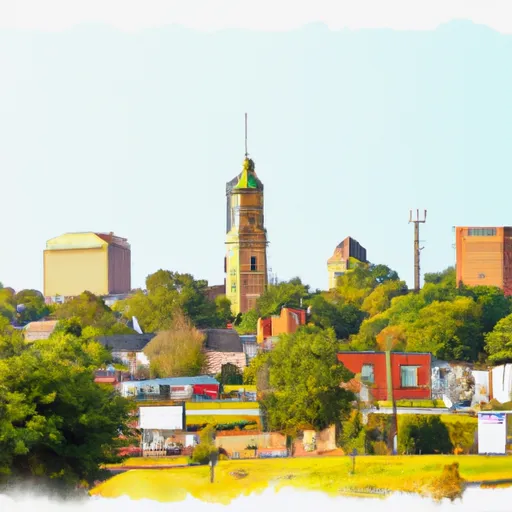°F
°F
mph
Windspeed
%
Humidity











Williamstown, Ohio is a charming town located in the northwestern part of the state. The climate in Williamstown is classified as humid continental, characterized by warm summers and cold winters. Average temperatures range from the mid-80s°F (29°C) in the summer to the mid-20s°F (-4°C) in the winter. Precipitation is evenly distributed throughout the year, with slightly higher rainfall in the spring and fall.
The hydrology constituents in Williamstown are mainly influenced by the Great Lakes region. The town is surrounded by several rivers, including the Maumee River, which provides ample opportunities for water-based recreational activities such as fishing, boating, and kayaking. The area is also known for its numerous lakes and reservoirs, offering further options for water enthusiasts.
For outdoor recreation, Williamstown boasts several parks and nature reserves. The nearby Maumee Bay State Park offers a variety of activities like hiking, camping, and swimming. Oak Openings Preserve, known for its diverse ecosystems and rare plant species, is an ideal spot for birdwatching and nature walks. Additionally, Williamstown is in close proximity to the Lake Erie Islands, where visitors can enjoy ferry rides, beaches, and unique island experiences. Overall, Williamstown, Ohio is a picturesque destination that caters to nature lovers and outdoor enthusiasts.
Weather Forecast
Williamstown receives approximately 939mm of rain per year, with humidity levels near 82% and air temperatures averaging around 11°C. Williamstown has a plant hardyness factor of 6, meaning plants and agriculture in this region thrive during a short period during spring and early summer. Most plants will die off during the colder winter months.
Nearby Snowpack Depths
2
Inches
Regional Streamflow Levels
133
Cubic Feet Per Second
462
Cubic Feet Per Second
66
Cubic Feet Per Second
1,050
Cubic Feet Per Second
Nearby Camping
| Camping Area | Reservations | Toilets | Showers |
|---|---|---|---|
| Wayne County Fairgrounds RV | |||
| Camp Dearborn | |||
| Highland State Rec Area | |||
| Pontiac Lake State Rec Area | |||
| Bishop Lake - Brighton Rec Area | |||
| Appleton Lake - Brighton Rec Area |



